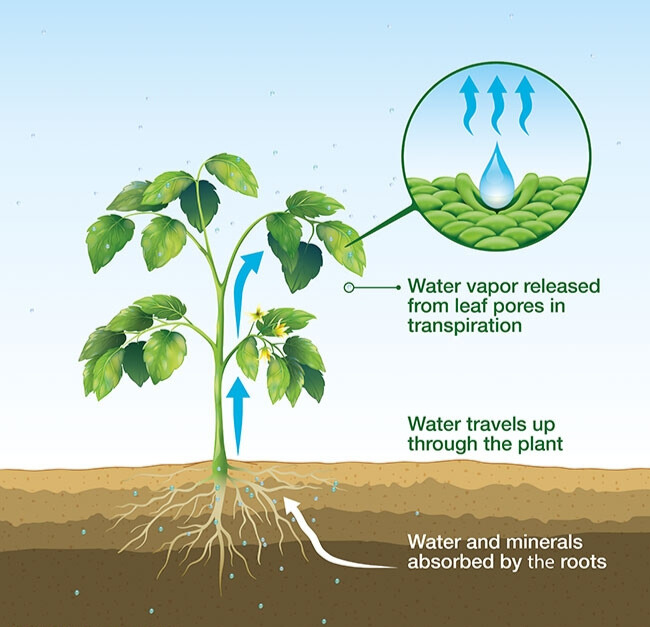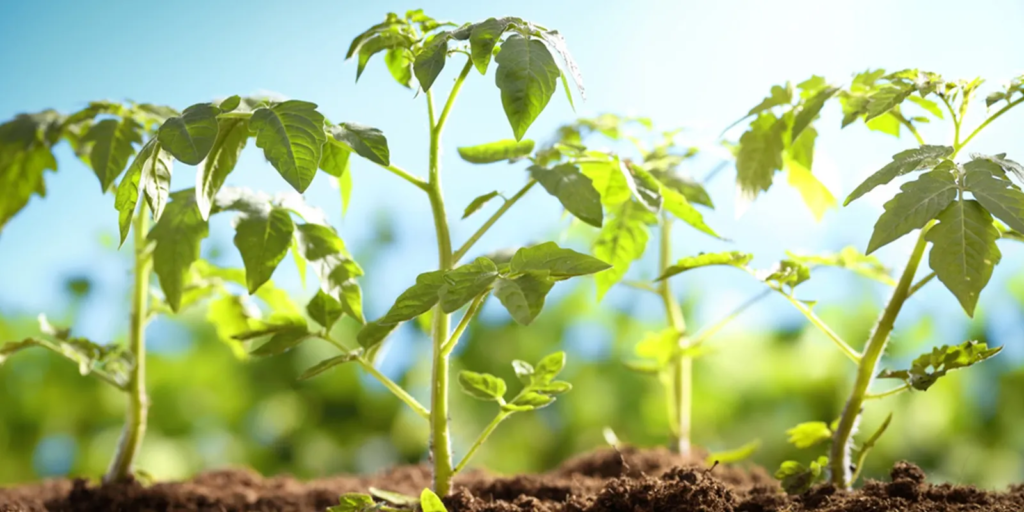What Do Stems Do
Key Notes :
Support for the Plant

- The stem helps to hold up the plant and supports the leaves, flowers, and fruits.
- It keeps the plant upright so it can grow toward the sunlight.
Transporting Water and Nutrients

- Stems act like highways, moving water and nutrients from the roots to the leaves and other parts of the plant.
- They also carry food made in the leaves to the rest of the plant.
Connecting Roots and Leaves

- The stem links the roots (which absorb water) to the leaves (which make food through photosynthesis).
Storing Food and Water

- Some plants store extra food and water in their stems.
- Examples: Sugarcane stores sugar, and cactus stems store water.
Helping Plants Grow Taller

- Stems allow plants to grow taller so they can reach more sunlight for photosynthesis.
Special Features in Some Plants
- Some stems, like those of grapevines, can climb to get closer to sunlight.
- Other stems, like potato stems, grow underground and store food.
Protection
- Some stems have thorns (e.g., roses) to protect the plant from animals.
Fun Fact:
- Did you know bamboo stems grow very fast? Some can grow up to 3 feet in one day!
Let’s practice!

